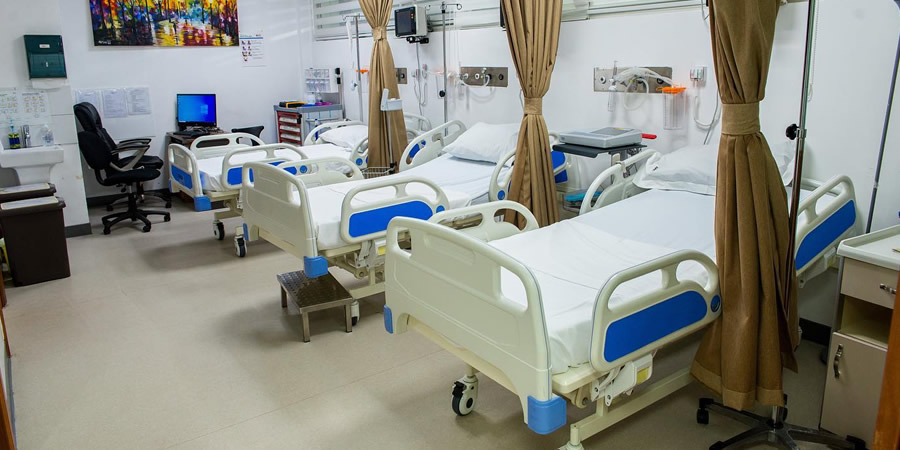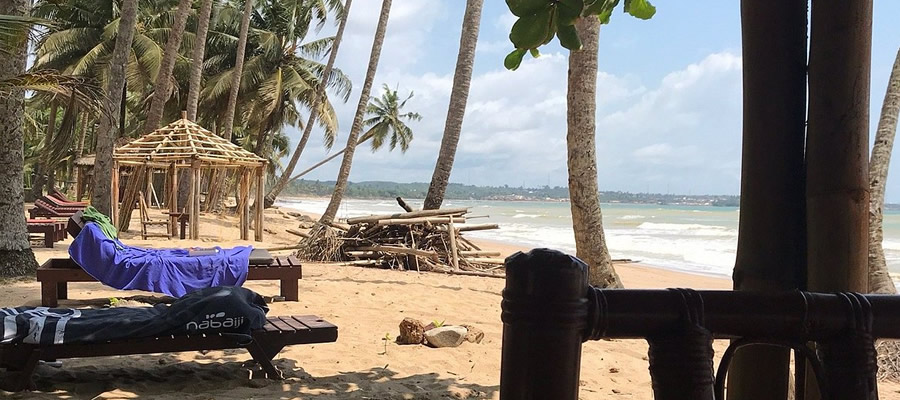

Education
The vision of the Nzema East Municipal Education Directorate is to provide quality teaching and learning activities that will enhance academic performance in all pre-tertiary schools in the municipality. To achieve this vision, they seek to promote quality child-friendly universal pre- tertiary Education through effective Monitoring and Supervision of public and private Basic 6 There are ninety-one (91) Kindergarten, eighty-six (86) Primary, fifty-seven (57) JHS, three (3) SHS and one (1) Tertiary/Vocational schools in the Municipality. The breakdown into public andprivate schools is shown in the table below.
The general conditions of most Kindergarten schools are poor. Most of the infrastructure investments are concentrated on the Primary and JHS Blocks. The three (3) Senior High Schools are in good shape with the Vocational school being fairly good. This is represented in the table below.
From the table above, apart from the J.H.S level which has experienced consistent increase in enrolment, from 2017/18 to 2020/21, K.G and Primary level had a reduction in enrolment in 2018/19 this may be due to lack of enrolment drive, reduction in community sensitization programme due to resource constraint.
The table above clearly shows that male enrolment is higher than female enrolment at all levels. The female enrolment is low and this may be attributed to lack of gender clubs, lack of role model,teenage pregnancy, among others.
The table above shows a relatively higher number of trained teachers as compared to untrained teachers. There is the need for further training of the untrained teachers.
From the above, the PTR looks good and it can be linked to the fact that the rate of enrolment has decreased with corresponding increment in the number of teachers at the various level. Ghana School Feeding Programme Ghana School Feeding Programme which seeks to provide children in public primary schools and kindergartens with one hot adequately nutritious meal, prepared from locally grown foodstuffs on every school going day is on-going in the Municipality.
The broad and specific policy objectives of the programme were to improve school enrolment, attendance and retention among pupils in the most deprived communities in Ghana as a strategy. As at the close of the first quarter 2020, a total of 30 schools (9255 pupils comprising of 4700 boysand 4555 girls) were benefiting from this intervention. This further increased to 34 schools translating into a total enrolment of 11,294 (comprising of 5,855 boys and 5,439 girls) by the closeof 2020/21.
Challenges
1. Inadequate basic school infrastructure: classrooms, furniture, teachers’ quarters etc.
2. Many of the schools are found in “disadvantaged” areas and it is difficult to retain teachersin these places.
3. The teaching and learning of Information Communication Technology (ICT) are adverselyaffected by the absence of electricity in many towns and villages.
4. Low level of girl-child education in the area. Education map
Figure 1.4: Nzema East Municipal Educational Facility Map
Date Created : 11/6/2025 2:08:39 PM








 facebook
facebook
 twitter
twitter
 Youtube
Youtube
 +233 593 831 280
+233 593 831 280 0800 430 430
0800 430 430 GPS: GE-231-4383
GPS: GE-231-4383 info@ghanadistricts.com
info@ghanadistricts.com Box GP1044, Accra, Ghana
Box GP1044, Accra, Ghana